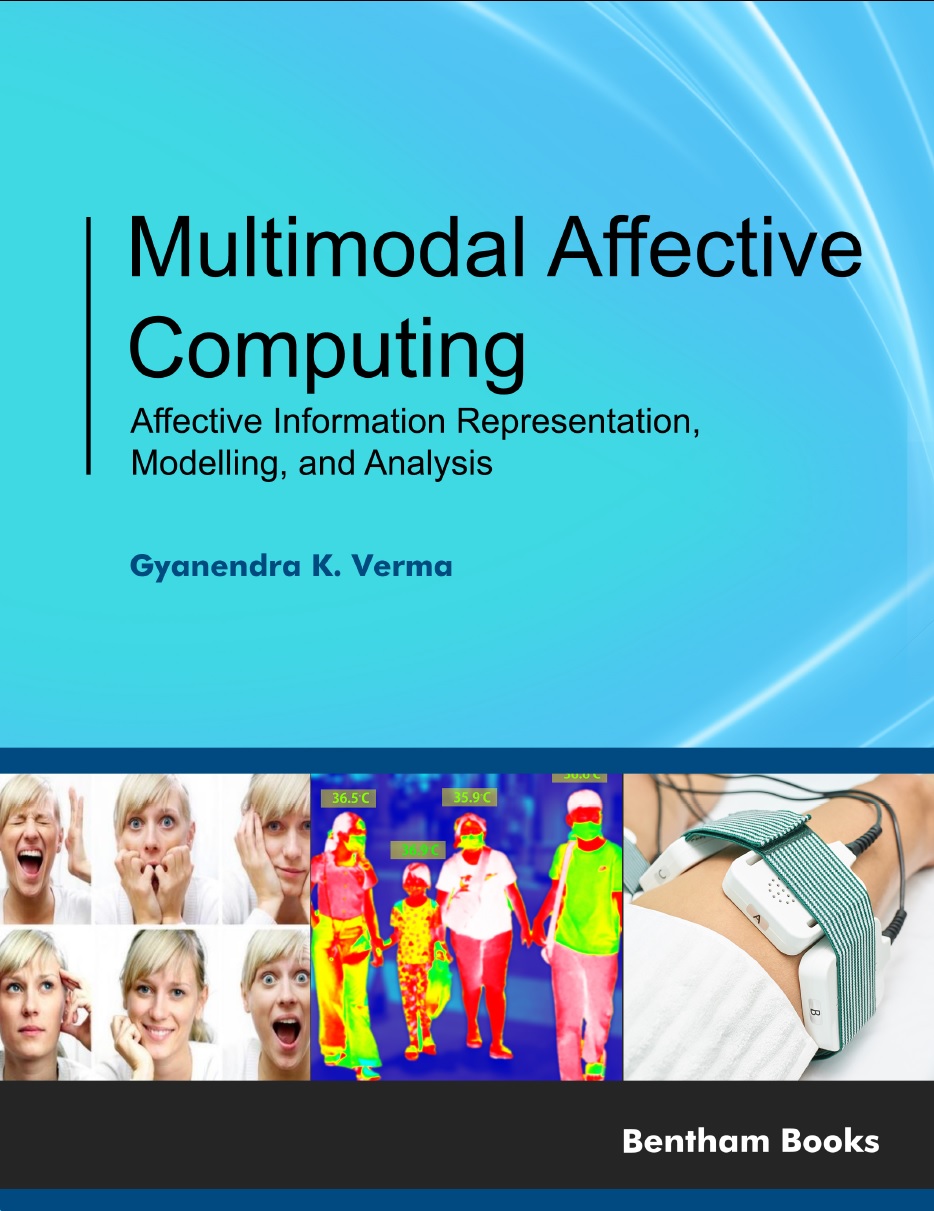Introduction
Affective computing is an emerging field situated at the intersection of artificial intelligence and behavioral science. Affective computing refers to studying and developing systems that recognize, interpret, process, and simulate human emotions. It has recently seen significant advances from exploratory studies to real-world applications.
Multimodal Affective Computing offers readers a concise overview of the state-of-the-art and emerging themes in affective computing, including a comprehensive review of the existing approaches in applied affective computing systems and social signal processing. It covers affective facial expression and recognition, affective body expression and recognition, affective speech processing, affective text, and dialogue processing, recognizing affect using physiological measures, computational models of emotion and theoretical foundations, and affective sound and music processing.
This book identifies future directions for the field and summarizes a set of guidelines for developing next-generation affective computing systems that are effective, safe, and human-centered.The book is an informative resource for academicians, professionals, researchers, and students at engineering and medical institutions working in the areas of applied affective computing, sentiment analysis, and emotion recognition.

